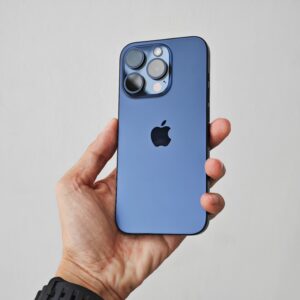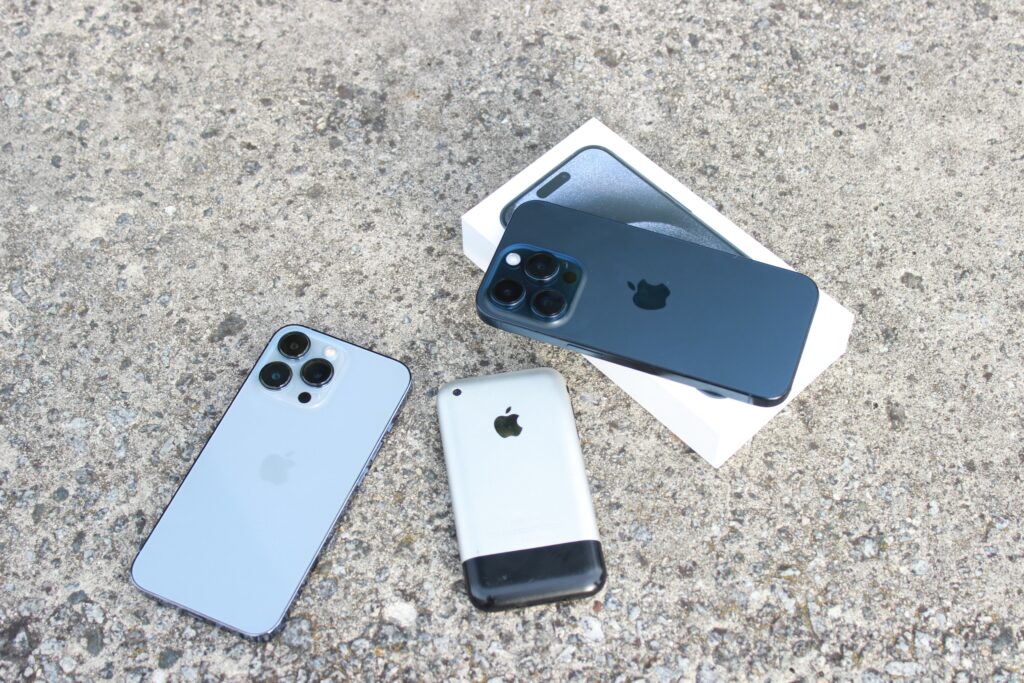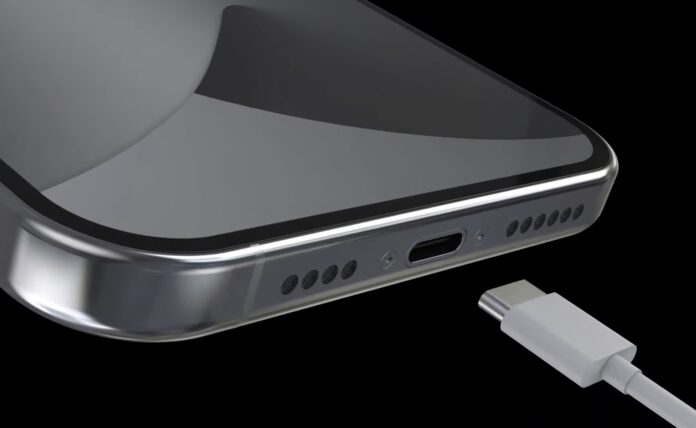Apple’s recent move to embrace the USB-C port in its iPhone 15 series marked a significant shift in the tech giant’s design philosophy. However, this revolutionary change is not without challenges, particularly in a market as diverse and dynamic as India. While the USB-C adoption promises enhanced connectivity and versatility, Apple now faces a unique hurdle that demands a closer look.
The USB-C Transition:
The iPhone 15 series, featuring the USB-C port, represents a departure from the Lightning port that has been a staple of Apple devices for years. The USB-C standard offers faster data transfer speeds, improved charging capabilities, and increased compatibility with a wide range of accessories. This move aligns Apple with industry trends and user expectations for a more universal and streamlined experience.
The Indian Charging Dilemma:
Despite the global appeal of the USB-C standard, Apple’s transition to this technology in India comes with a specific set of challenges. The primary hurdle revolves around the existing charging infrastructure prevalent in the country. Many users in India currently rely on USB-A chargers and cables, and the widespread adoption of USB-C may pose compatibility issues, requiring additional investments in new charging accessories.
Adapting to Regional Preferences:
India’s vast and diverse consumer base has unique preferences and requirements, making it imperative for Apple to adapt its strategy accordingly. While USB-C brings undeniable benefits, the challenge lies in striking a balance between cutting-edge technology and meeting the practical needs and expectations of Indian consumers who may not be ready for an immediate transition.

Economic Considerations:
Another aspect adding complexity to the situation is the economic considerations of the average Indian consumer. While the iPhone 15 series caters to a premium market segment, Apple must be mindful of not alienating potential customers who may find the cost of transitioning to USB-C accessories prohibitive.
The Importance of a Smooth Transition:
Navigating the USB-C transition in India requires strategic planning and effective communication from Apple. The tech giant needs to provide clear information to consumers about the benefits of USB-C, offer affordable and accessible USB-C accessories, and ensure a seamless transition that minimizes disruption for existing iPhone users.
Consumer Education and Outreach:
To overcome the hurdle posed by the USB-C transition, Apple must embark on an extensive consumer education and outreach campaign. This involves communicating the advantages of USB-C, guiding users on compatible accessories, and addressing concerns related to the transition. Clear communication can alleviate apprehensions and foster a positive perception of the change among Indian consumers.

Apple’s adoption of the USB-C port in the iPhone 15 series is undoubtedly a step towards future-proofing its devices and aligning with global standards. However, the unique challenges posed by the Indian market necessitate a careful and strategic approach. As Apple navigates this transition, it must prioritize consumer education, affordability, and seamless compatibility to ensure a successful integration of USB-C technology while maintaining its strong foothold in the dynamic Indian smartphone market.




